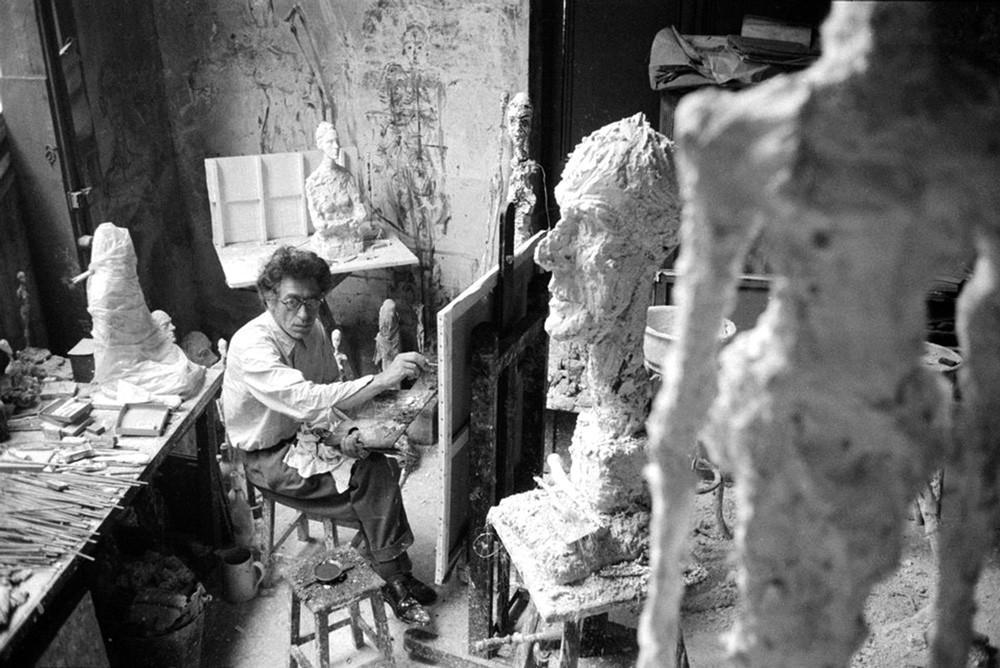Giacometti's chaotic studio to be recreated in Paris
PARIS - AFP

Dozens of unseen works by the Swiss artist Alberto Giacometti, the world's most expensive sculptor, will go on display for the first time in June when a reconstruction of his famously decrepit studio opens in Paris.
The recreation of the dark and cramped Montparnasse "lair" where he worked for 40 years will be the centerpiece of a new Giacometti Institute, said its directors, who hold the world's biggest collection of his work, on May 10.
Like his tiny and now almost mythical plaster-covered studio where, as one critic said, artworks "got buried, lost or forgotten, broken up, trampled and ground into nothingness", the institute is relatively modest.
Only 40 people at a time will be allowed into the building, five minutes' walk from the dark "cave" where Giacometti worked, to see the collection of 350 sculptures and more than 2,000 drawings held by the Giacometti Foundation.
Many of the works, which also include 90 paintings, have never been shown or published before, the foundation said.
Giacometti's spindly human figures are among the most highly regarded sculptures of the 20th century.
His "Man Pointing" bronze holds the world record for the most expensive sculpture ever sold at auction: $141.2 million in 2015.
French photographer Robert Doisneau in the 1950s immortalized the creative chaos of the studio where Giacometti entertained friends and visitors including the writers Samuel Beckett, Jean Genet and Jean-Paul Sartre and the Catalan painter Joan Miro.
It was a painting that Miro gave as a gift to his friend that paid for the institute and research center, its director Catherine Grenier said.
"Painting, 1954" was sold at Sotheby's in London three years ago for 11 million euros.
Without that, Grenier said they would have had trouble raising the money for a building to honor the sculptor's work.
"We have limited resources and we do not have any public subsidy," she added. "There are lots of museums in Paris but we wanted to do something different."
















